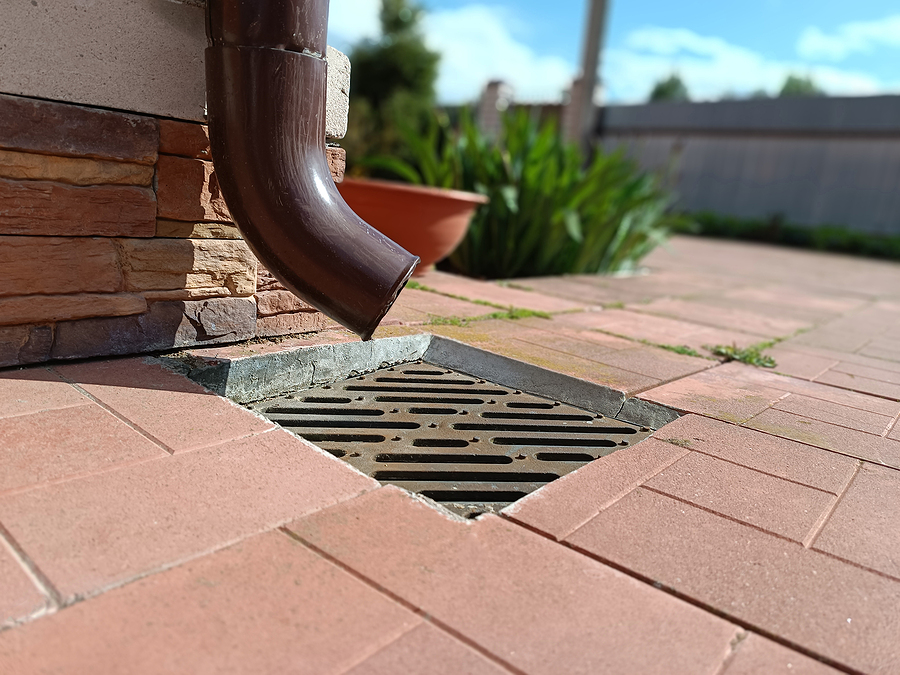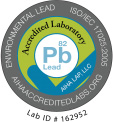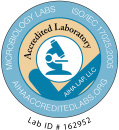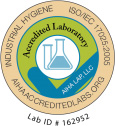
Lead was a common building material that was widely used until the 1970s when certain critical health factors came to light. Lead is a naturally occurring element found in the ground and has been used worldwide for nearly 6000 years. Poisoning from this material has been relatively common throughout history, but it took decades of activism and health studies to ban lead in 1978.
Lead poisoning can be asymptomatic, especially in adults, but it affects children the most. It can cause headaches, irritability, developmental disorders, cognitive problems, and affects nerves, blood, and digestive organs.
While it is no longer used in paint or construction, homes built before the 1970s may be dangerous to families if not appropriately renovated.
Common Sources of Lead
Besides older homes, lead may make its way in through several ways. These are the most common:
- Paint: If you live in an older home, you can have the paint chips tested for lead.
- Dust: Lead is made up of tiny particles, and in places where the paint is chipping and falling apart, this contaminant may be present in the dust.
- Soil: Lead was used in gasoline production until 1996, and remnants of lead often contaminate soil for years. Places around bustling highways and roads may find lead in the ground.
- Drinking water: Older pipes beneath cities that have never been replaced or kept up often leak lead into the drinking water. Unfortunately, this is widespread, and places like Flint, Michigan, school systems in Detroit, and entire reservoirs in Pennsylvania have found lead contaminating the drinking water.
- Air: Lead makes it into the air primarily due to commercial factories and production plants. Still, it can also be present in certain hobbies like shooting (historical guns use lead bullets), using lead solder, etc.
- Folk medicine and cosmetics: The FDA limits lead levels in cosmetics, which end up in products like eyeshadows and lipsticks because it is a natural element. However, the buildup of trace amounts in sensitive individuals can cause health problems. Similarly, imported traditional medicines sometimes have small amounts of lead, which the U.S. government tries to contain.
- Cheap children’s jewelry and toys: Tests have uncovered that a large number of children’s toys and cheap jewelry products often use lead in their production.
- Workplaces and Hobbies: Those with jobs in construction, lead remediation, or other industries that pertain to areas where lead is prevalent may find themselves with health issues or even bringing home traces of these contaminants with them on their clothes. Certain hobbies like making pottery, stained glass, making furniture, and others may also bring you into contact with lead.
What to Do If You Think You’ve Been Exposed
If you think you’re suffering from lead-related health issues, it’s best to contact a medical professional immediately and treat any symptoms. Then, you’ll likely have to trace your health issues to a specific source — meaning you’ll have to have your home or workplace tested for traces of lead. The best thing you can do is to leave the exposure area immediately so your body can begin to recover.
If you have concerns about lead, bring them up to your workplace’s property manager, building owner, or the proper authorities. Most commercial spaces have their water and air quality tested annually. For quick shipment of materials and reliable results, contact SanAir Technologies Laboratory at 1-888-895-1177 or order through our website. Our experts have two decades of experience and will be happy to walk you through the process so that you can ensure your property is safe.












